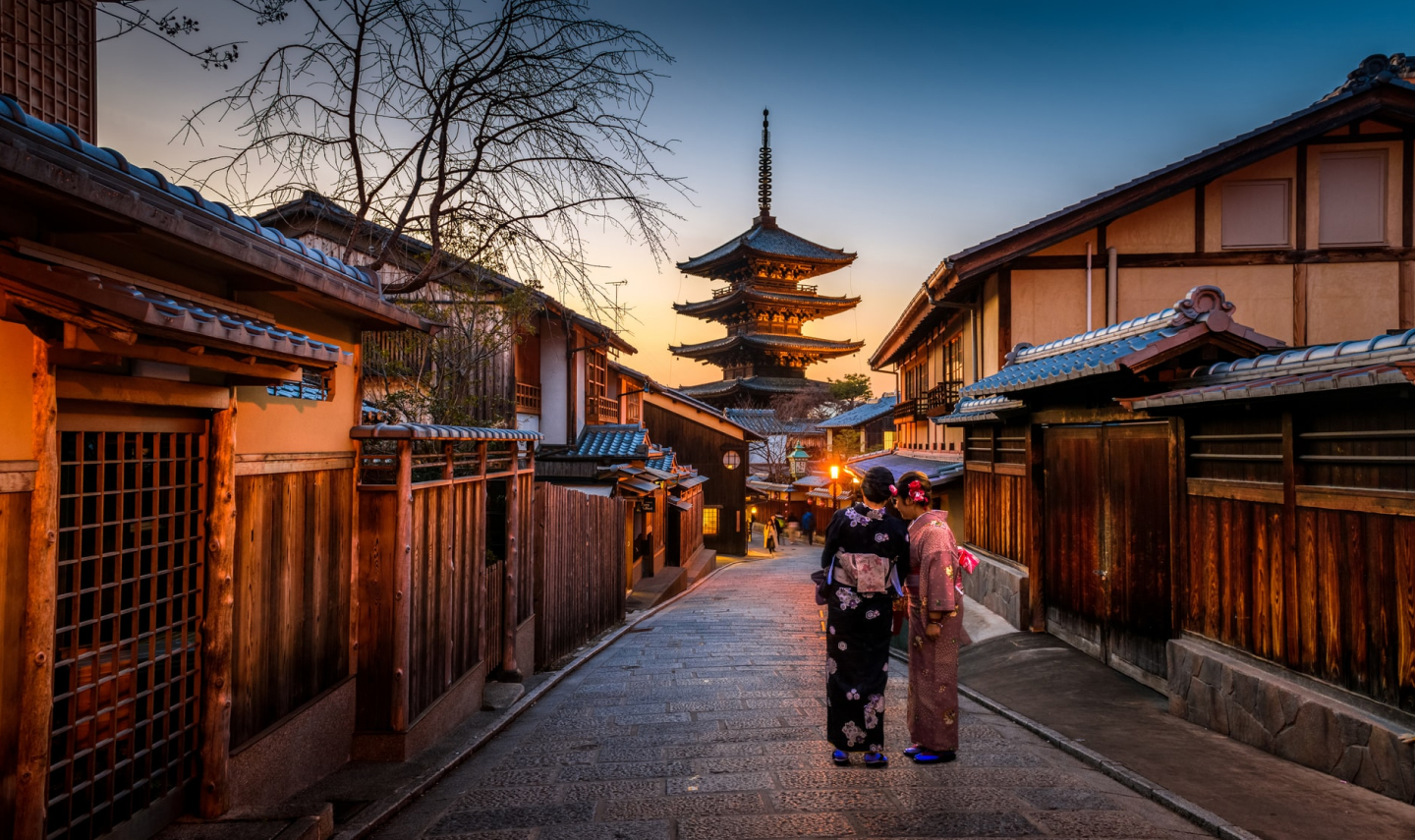Bhutan - Getting to know Thimphu
Bhutan’s lively capital is a strange brew of modern commercialism and ancient tradition. Groups of monks in crimson robes troop past shopping malls, karaoke clubs, and internet cafes with state-of-the-art espresso machines. The pace of evolution gives some people cause for concern about the future, but for many visitors this deft balancing act is part of Thimphu’s unique appeal.
Bhutan Thimphu Travel Guide
Thimphu became Bhutan’s capital only in 1961, but has happily settled into the role. The city is growing, outwards and upwards. Suburban developments spring up as locals surrender the city centre to shops, restaurants and hotels, while the old wooden townhouses, with their intricate detailing, now sit side-by-side with apartment buildings.
Yet the change is gradual and coordinated. Despite having a more contemporary feel to it than other parts of Bhutan, Thimphu still flaunts a delightful air of eccentricity. The pavements remain clear of advertising hoardings; statues of Buddhist deities perch atop roundabouts, and in the curious absence of traffic lights, a white-gloved policeman brings order to the rush hour using only graceful hand signals. Bearing in mind, of course, that your average Bhutanese traffic jam would barely constitute a minor hold-up anywhere else...
With its picturesque valley setting, framed by lush green forests, historic monasteries and snow-tipped mountain peaks, Thimphu can feel very remote. Paro airport is over an hour away, and things get even quieter as you travel further east. Change might be in the (wonderfully fresh) air, but if you’re in search of Shangri-La, this would be as good a place as any to start.
What to do in Thimphu
The National Memorial Chorten, built to commemorate the third king of Bhutan, serves as Thimphu’s social hub, as well as a place of daily worship. The faithful prostrate themselves on the ground as they approach, then walk around the whitewashed chorten in a clockwise direction, pausing to spin bright-red prayer wheels. Locals will often hang around here for hours, happily gossiping with friends. We suggest visiting during evening prayers for the most tangible atmosphere.
Near the Changlimithang Stadium, which was built on the site of a significant military victory, there is an archery ground where skilled bowmen can frequently be seen at target practise in the morning. At the weekends you might even catch a tournament. The equipment used tends to be quite hi-tech, although you will still see the occasional bamboo bow, and the archers themselves often dress in traditional clothing. Expect a fun atmosphere, as ritualistic dancing and singing accompanies the thud of arrows hitting their marks.
If there’s no archery going on, then you could consider a visit to the National Library (home to the world’s largest published book!), the National Handicrafts Emporium to find some unique souvenirs, or the quirky Postal Museum, with stamps featuring playable music and holograms...You can even turn your own image into a set of stamps, giving your postcards home a lick of imagination.
Around Thimphu
The Changangkha Lhakhang, a fortress-like temple and monastic school, perches on a ridge above Thimphu and offers majestic views of the valley. Naming ceremonies for newborns are traditionally held here, although the monks responsible must choose from a limited selection. You’ll hear the same names over and over throughout Bhutan, so it’s a good job they’re so melodic. The temple has a resident astrologer, and if you provide him with your date of birth, he’ll consult his charts and let you know which Buddhist prayer flag will offer you protection.
Dechencholing Palace, on the outskirts of town, is the official royal residence. The current king, however, prefers a more modest form of accommodation in a nearby cottage, and has even been known to invite the locals around for tea. On the opposite bank of the river, the Tashichho Dzong is the seat of government in Bhutan. Surrounded by picturesque gardens, the whitewashed dzong has suffered over the centuries from fire and earthquake, but in recent years has been majestically renovated and expanded. Amazingly, the current structure was built entirely in the traditional architectural style, without either nails or written plans.
Built, it is said, to fulfil an ancient prophecy, the hilltop Buddha Dordenma is a gigantic 51-metre tall, gold-plated statue, one of the largest of its kind in the world, that watches over the valley. Inside the statue are an additional 125,000 miniature statues of the Buddha. We’re trusting our guide for accuracy, here - we lost count.
The weekend market in Thimphu sees farmers and traders arrive from across the country to set up their stalls on both banks of the Wang Chhu river. Urbanites and rural villagers rub shoulders with travellers to browse fresh organic produce, handicrafts and Ema Datse, balls of cheese made from pungent yak’s milk. Taste one to join the lofty ranks of Selective Asia’s fearless (some might say foolhardy) eaters...
Speak to one of our
Concierge specialists

Start planning your tailor-made trip by contacting one of our Concierge specialists
Map of Thimphu
Places on the map
-
Thimphu
-
Punakha
-
Paro
-
Phobjikha Valley
-
Bumthang






















